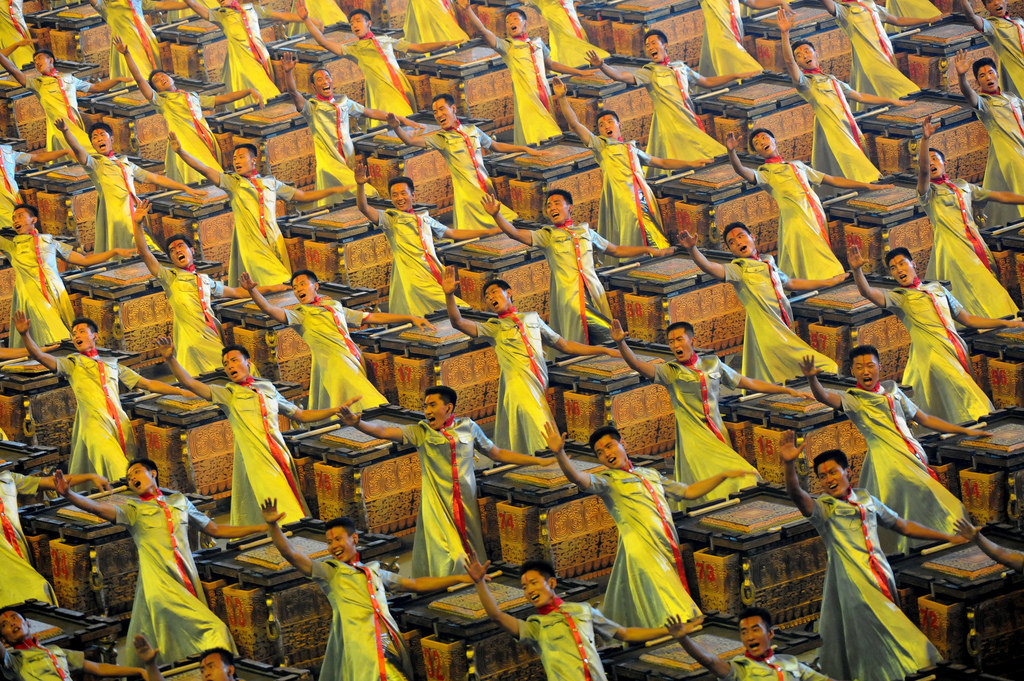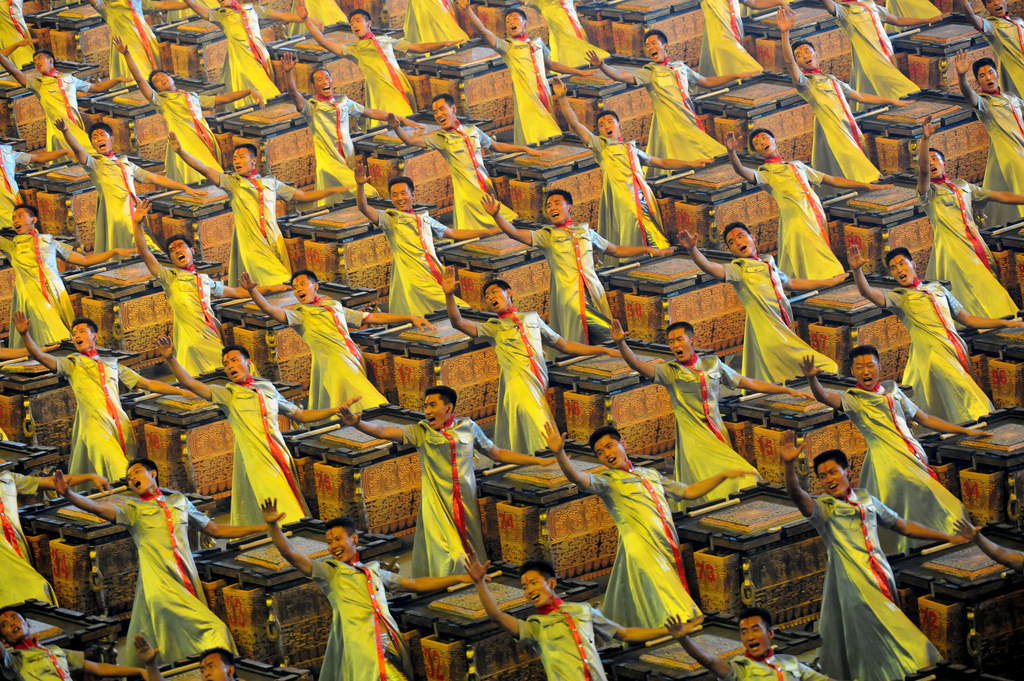
President Donald Trump, a man elected on reminiscings about a past American Dream, has inextricably nurtured the China Dream. Last Monday, President Trump signed an executive order withdrawing from the controversial Trans-Pacific Partnership, or TPP, the massive Asia-Pacific trade agreement spearheaded by the former Obama administration. Within three days in office, Trump ended eight years of negotiations with 11 other nations, many of which depended on the TPP for lower trade barriers and greater economic prosperity.
Following the US withdrawal, the international conversation now turns to China, the economic giant not included in the TPP. President Trump’s actions have not only signaled the ending of American influence in the Asia-Pacific but also paved an unobstructed pathway for China to become the dominant power in the region.
This power shift in the Asia-Pacific follows a long history dating back to the Cold War of China’s and the United States’ competitive and cooperative relationship. Towards the late 20th century, as the Four Asian Tigers captivated foreign analysts and China began its massive developments, the United States worked to improve relations with Asian countries and to present itself as a benevolent hegemon. By 2008 China, relatively unscathed by the financial crisis, showed the world its increasing geopolitical significance with its “thousand drummers” at the Beijing Olympics. In response, the Obama administration aggressively pushed for America’s pivot to the Pacific.
During the Obama era, the US was the main provider of security and mediation in the region, yet it remained weary of China’s undeniable and growing economic presence. Out of that ethos came the TPP, which would promote free trade by removing barriers and boost the economies of signatory nations. Former President Obama wanted to use the TPP to maintain US influence in the region and counterbalance China by leveling the playing field and instilling US-based rules that address environmental protection, labor rights, intellectual property and state-owned enterprises. This was the established American foreign policy narrative shared by many past presidents of both political parties. Trump has now reverted this American tradition.
Throughout last week China remained quiet about the withdrawal, careful not to support President Trump and cautious of America’s unpredictable future plans. Nevertheless, the US departure from the TPP is undeniably beneficial to China, who can continue promoting its Beijing-centric economic agenda without hindrance. Meanwhile, the US lost trust among its partners for failing to follow through on the trade agreement, diminishing its credibility as a reliable economic and security partner.
Many TPP participating nations are already turning to China as the alternative. Last week, New Zealand Prime Minister Bill English stated that his country needs to pursue other trade deals. Australian Prime Minister Malcolm Turnbull suggested that China could possibly join the TPP. The TPP is not necessarily dead, and perhaps Australia, Chile, New Zealand, and even Japan could salvage the remains. A TPP without US participation would still foster economic growth, but it certainly loses an attractive and influential market. Other signatories stated that they would pursue bilateral agreements with the US or turn to an alternative trade agreement: the Regional Comprehensive Economic Partnership, or RCEP.
Until today, RCEP has operated under the shadow of the TPP. Initiated in late 2012, this proposed free-trade agreement includes the 10 Association of Southeast Asian Nation, or ASEAN, countries along with Australia, China, India, Japan, Korea and New Zealand. The difference between RCEP and the TPP is that RCEP does not require adherence to the various rules of environmental protection, labor rights, intellectual property, etc., and it does not reduce trade barriers to the extent proposed by the TPP. Unlike the TPP, RCEP is heavily influenced by China, even though China will not explicitly say so. China can use RCEP to write its own trade rules in the Asia-Pacific – rules more develop-oriented and less influenced by western values. Seven TPP signatories are also included in RCEP, so the world will be watching RCEP’s negotiations much more closely. RCEP nations will meet for the 17th round of negotiations in Japan beginning on February 27th.
Ratifying RCEP will be a boon to Chinese power in the region, but the country is already expanding its sphere of influence. In 2015, Chinese President Xi Jinping declared his “one belt, one road” infrastructure initiative to connect to European, Southeast Asian and African markets through Central and Western Asian countries, as well as sea routes. China has established the Asian Infrastructure Investment Bank, similar to the Asia Development Bank, in order to fund this project. The country also continues to pursue the Free Trade Agreement of the Asia-Pacific, or FTAAP, which is a long-term goal to link all economies in the Asia-Pacific under regional and bilateral free trade agreements. Both the TPP and RCEP would support FTAAP efforts, but now, the favor falls into Chinese hands.
We are all spectators of China’s rise in the international arena, and it will be interesting to see how it develops during the Trump presidency. China will not challenge international institutions outright, because the country still benefits from the current international world order. Instead, China can utilize its own initiatives to improve relations and build more favorable economic conditions for itself. This sets the stage where international rules can gradually shift in their favor. China is not yet a super power. The country is realizing its soft power deficiency and the limits of its economic might. However, an increasingly self-aware China is becoming more comfortable with other nations in the face of the slow decline of the United States.
And yet, China did not openly celebrate the US withdrawal from the TPP. President Trump’s actions are reminiscent of American protectionism of the early 1900s, contributing to a more unpredictable global climate today. No matter who influences international rules, China is still inextricably linked to and dependent on the US as a prime trade partner. If Trump continues his current agenda, both the American and China dream will feel the effects of US protectionism for years to come.
The views expressed by the author do not necessarily reflect those of the Glimpse from the Globe staff, editors or governors.







